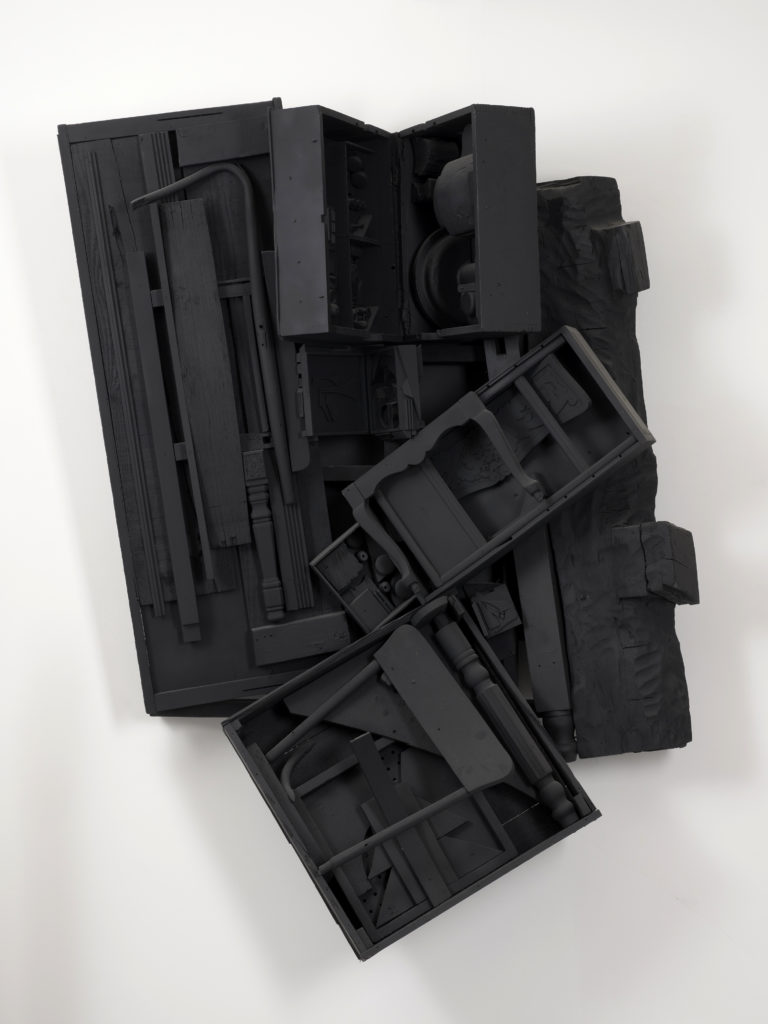On display
The CollectionBibliography
Monika Faber (ed.), Split Reality: VALIE EXPORT, exh. cat. Vienna, Museum moderner Kunst Stiftung Ludwig, Vienna/New York, Springer, 1997.
Caroline Bourgeois, Régis Michel et alii, VALIE EXPORT, exh. cat. Paris, Centre National de la Photographie, Seville, Centro Andaluz de Arte Contemporaneo, Geneva, MAMCO, London, Camden Arts Centre, Vienna, Sammlung Essl, Paris, Éditions de l’œil, 2003.
Agnes Husslein-Arco, Angelika Nollert and Stella Rollig (eds.), VALIE EXPORT. Zeit und Gegenzeit/VALIE EXPORT Time and Countertime, exh. cat. Vienna, Belvedere, Linz, Lentos Kunstmusum, Cologne, Walther König, 2010.




In 1967, VALIE EXPORT abandoned her birth surname for that of a brand of cheap cigarettes, ‘Smart Export’, which became her artist and legal name. This powerful feminist act, refusing to perpetuate the tradition of inheriting the father’s surname, is typical of her artistic undertaking, which, while drawing on the work of the earlier Viennese actionists, explores issues of power inherent in gender relations. All her earliest works, including performances, experimental films, photographs and videos, question the social order and its norms, bringing the female body into confrontation with urban space. Like other performance artists, VALIE EXPORT takes over public space, stepping outside the boundaries that traditionally legitimise artistic actions or objects (the studio, the exhibition space), and outside the spatial and symbolic space available to women (the private sphere, the household).
The video Space Seeing – Space Hearing arose from a performance by VALIE EXPORT at the Kölnischer Kunstverein. It reflects her work on the perception of space. For the performance, the artist stood upright and motionless in the centre of an empty museum room. Four video cameras filmed her, broadcasting still frames of her body on four screens. The screens broadcast six different images of the artist, on the right or left of the screen, in the foreground or background, full-length or in close-up. Each position in space was characterised by a change in volume, the duration of the repetition, or the pitch of the sound. The result was broadcast on a fifth monitor with a split screen that synchronised sound and image. It shows VALIE EXPORT becoming her own twin, splitting in two, distancing herself from and coming close to the camera, representing the complex relationship between body and space.